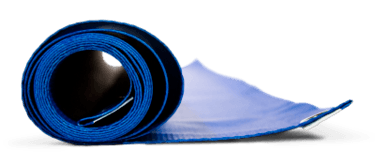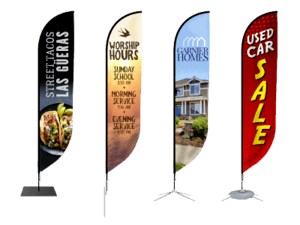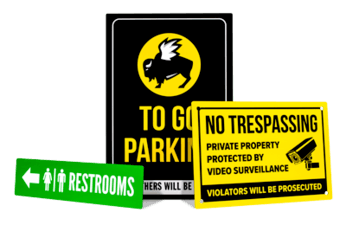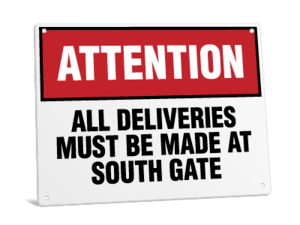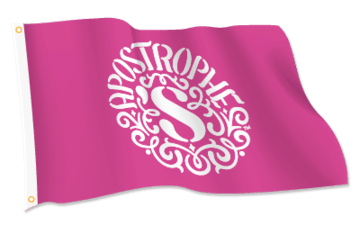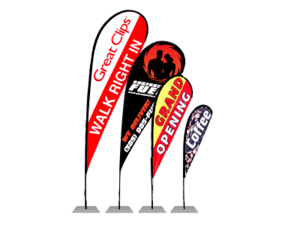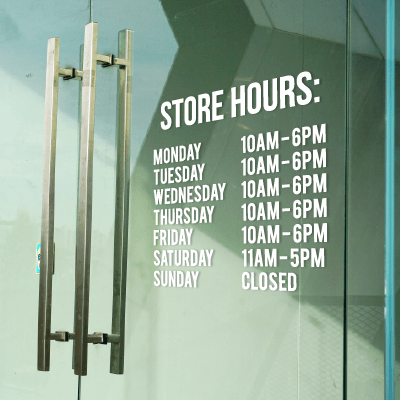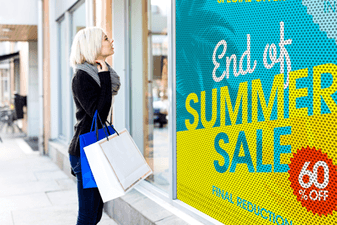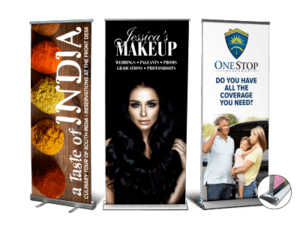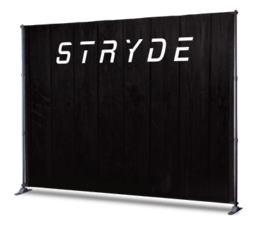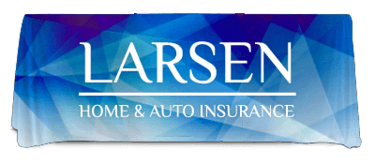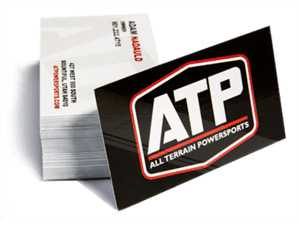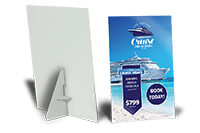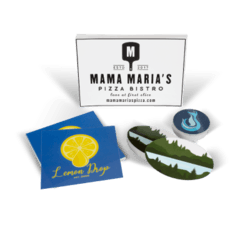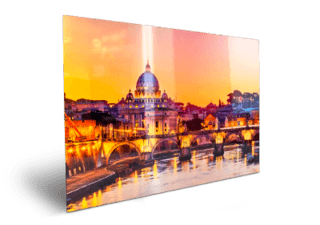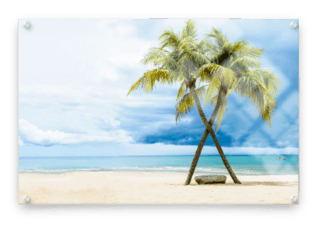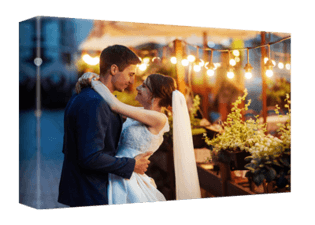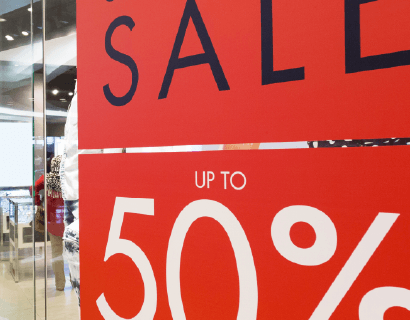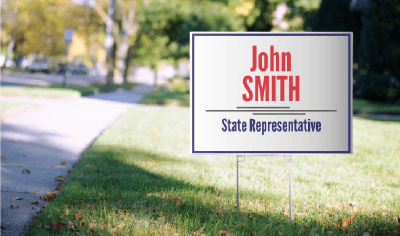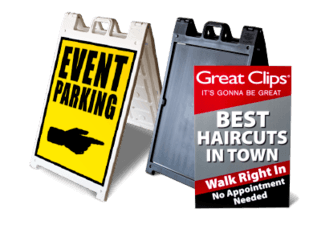Much of a banner’s versatility in promotions and reliability stems from the wide range of materials on which they can be printed. Whether you’re advertising indoors, outdoors, or in changing weather conditions, there’s a banner material designed to meet those specific needs.
Once your design is finalized, selecting the right material becomes the next crucial decision for your banner promotions. This choice directly impacts the durability, appearance, and overall use of your promotional materials.
In this article, we break down the most popular types of banners, explore the materials they’re made from, and help you understand which ones are best suited for your unique display goals.
I. Different Materials for Banners
1. Vinyl Banners
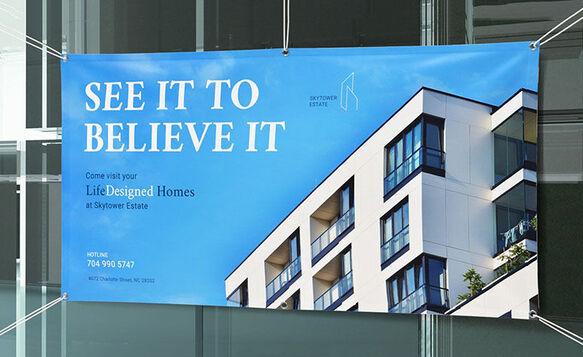
Vinyl banners are made from durable PVC and are known for their bold, high-resolution prints. You can easily print any design on them, and they’ll handle vibrant colors and sharp graphics well. These banners resist water, fading, and UV damage, making them ideal for indoor and outdoor use. You can also add a matte or gloss finish for added protection.
Vinyl banners are ideal for trade shows, retail promotions, grand openings, seasonal sales, and sports events, providing reliable visibility both indoors and outdoors. With proper storage and handling, they can also last 3 to 5 years.
2. Mesh Banners
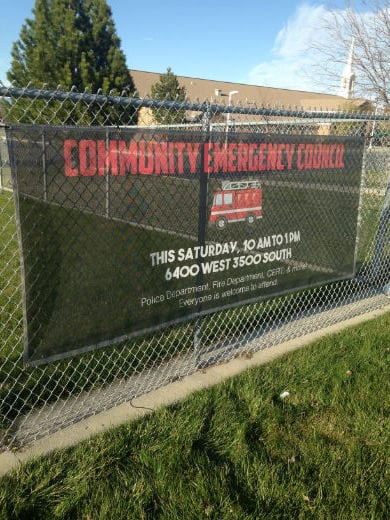
Mesh banners are a perforated version of sturdy vinyl banners, allowing wind to pass through. This feature makes them ideal for outdoor use in breezy or open areas where standard banners might tear or flap.
The small holes also create a slightly see-through look while still displaying your message clearly.
Mesh banners typically last up to three years with proper care and limited exposure to weather. You can use them for construction site advertising, outdoor sports promotions, festival fences, or any other windy event.
3. Fabric Banners

Go for fabric banners if you require premium designs for stage backdrops, photo walls, trade show displays, or indoor promotional signage. They are made from polyester or canvas, offering a smooth look that produces rich, matte finishes with deep colors.
While not as rugged as vinyl or mesh, they are ideal for displays that require a softer aesthetic. With proper care and indoor use, they can last 1 to 2 years. Perfect for professional indoor settings.
4. Backlit Material Banners

These translucent banners are made from sturdy materials that shine when paired with lightboxes or LED displays. The backlighting enhances the design, drawing more attention when installed in dimly lit areas.
These banners work best indoors or in sheltered outdoor spots with power outlets nearby for their lighting systems. The backlit banners typically last 2 to 4 years, depending on the frequency of illumination. Common uses include trade show booths, mall or airport displays, and retail storefronts needing nighttime visibility.
5. Recyclable Banners
-16480.jpg)
Recyclable banners are made from eco-friendly materials and printed using non-toxic, water-based inks. They offer a sustainable solution for short-term campaigns while reducing environmental impact.
Although not as long-lasting, they are suitable for indoor or light outdoor use. Some biodegradable options are also certified by the Forest Stewardship Council (FSC).
They’re an excellent choice for eco-themed events, school programs, or companies promoting green initiatives.
II. How to Choose the Right Banner Material
With several banner material options available today, it’s easier than ever to find one that aligns with your specific promotional goals. Still, do note that each material comes with its strengths and weaknesses. To ensure your banner performs well and delivers your message, it’s essential to carefully consider the following key factors:
- Location: Indoor vs. Outdoor
For outdoor promotions, go with vinyl or mesh banners due to their durability and weather resistance. If you’re advertising indoors, fabric and backlit banners offer a cleaner look and eye-catching design.
- Outdoor Weather Exposure
If your display area is prone to strong winds, mesh banners are your best option. For unpredictable weather conditions, opt for vinyl banners with reinforced edges to ensure added durability and longevity.
- Expected Duration of Use
Consider how long you plan to use the banner. For temporary or one-time use, fabric or recyclable banners are your go-to option. For continuous use, choose a more durable option, such as vinyl or mesh banners.
- Budget Constraints
If you’re on a tight budget, recyclable or fabric banners are cost-effective for short-term use. Meanwhile, investing in vinyl banners offers long-term savings, as you can reuse them multiple times.
- Sustainability Goals
If your business puts sustainability as a high priority, go with eco-friendly options like recyclable or biodegradable banners. These materials support green initiatives and show your commitment to environmental efforts.
Conclusion
Selecting the right banner material means finding the ideal balance between durability, sustainability, and visual appeal. With numerous material options available, you can choose the perfect banner to match any message, event, or environment.
A smart approach is to plan ahead and rotate your banners according to your promotional calendar. Use long-lasting vinyl and mesh banners for extended outdoor campaigns, while reserving fabric and recyclable banners for indoor events, trade shows, or short-term promotions. This lets you get the most value out of every banner.
